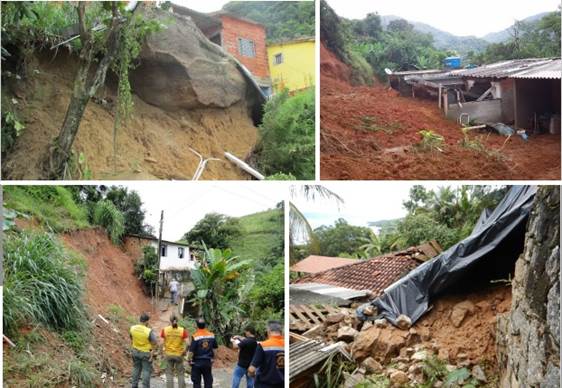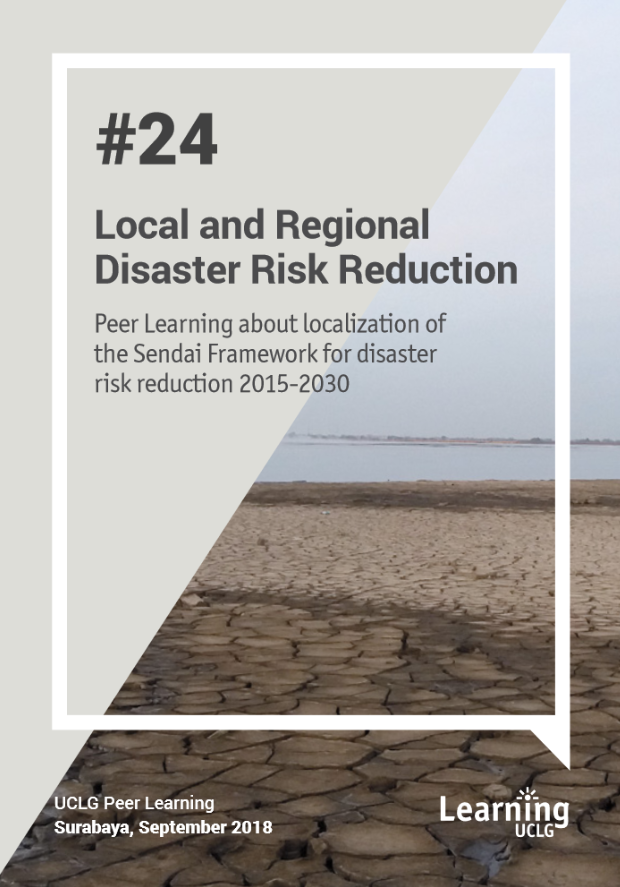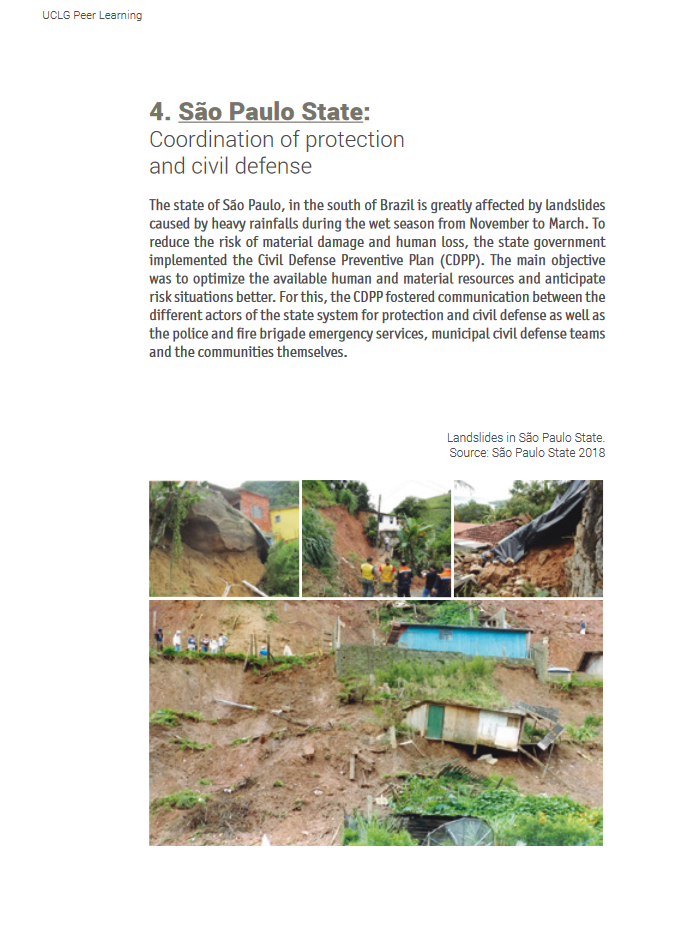The Civil Defense Prevention Plan of the state government includes several steps to make progress in the following dimensions of risk management during the wet season:
1) Better communication and co-ordination between the different actors involved including police, fire brigades, emergency services, municipal civil defense teams and the local communities. This is expected to lead to quicker and more efficient responses to posed risks.
2) Improved prediction of landslides through increased monitoring of rainfalls. Together with weather forecasts, field surveys and on-site field informants, a better risk assessment is possible. In addition, efforts during the dry-season have been increased. Preparatory activities and training courses for staff members and communities has increased awareness and knowledge about the risk of landslides. Furthermore, the dry-season is now used to conduct technical studies, to produce reports identifying risk zones and to register all landslide events. This data is entered into a new database which provides information regarding hazards and risks. The database comprises maps of risk areas and is updated with the latest meteorological data including relative humidity data and rainfall indexes.
3) This information enables the civil defense authorities at both state and municipal level to differentiate the actual risk into four different categories; no imminent risk, attention, alert and emergency. This new risk assessment and categorization allows the deployment of a reliable warning system. Municipalities who face a high level of risk can now take appropriate measures regarding disaster management and react before a hazard strikes.









